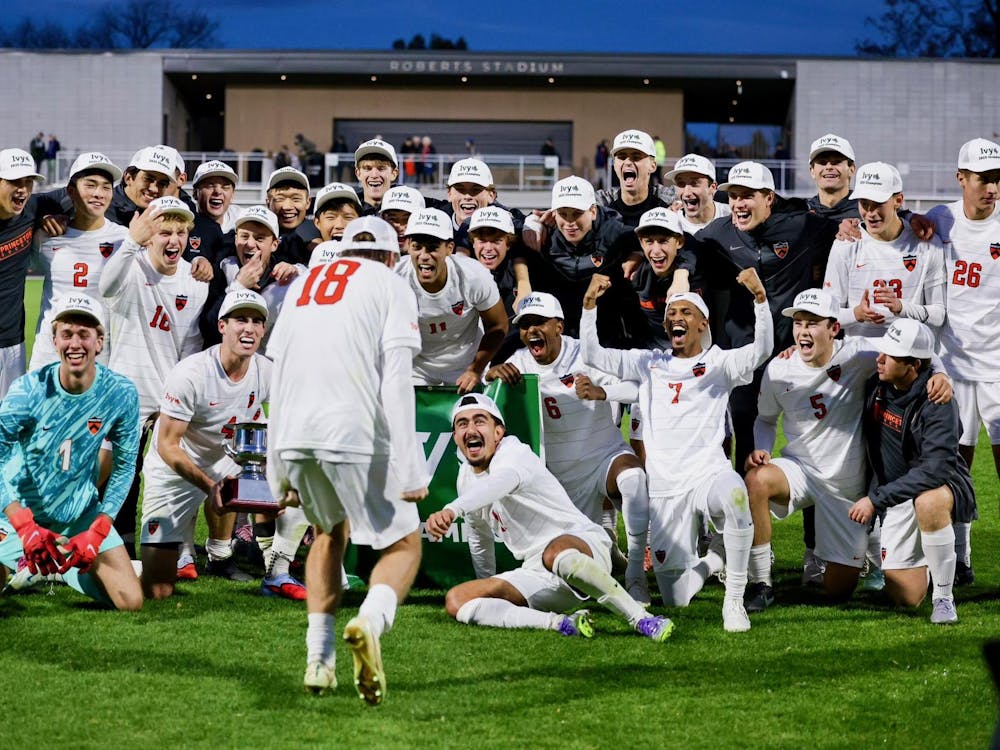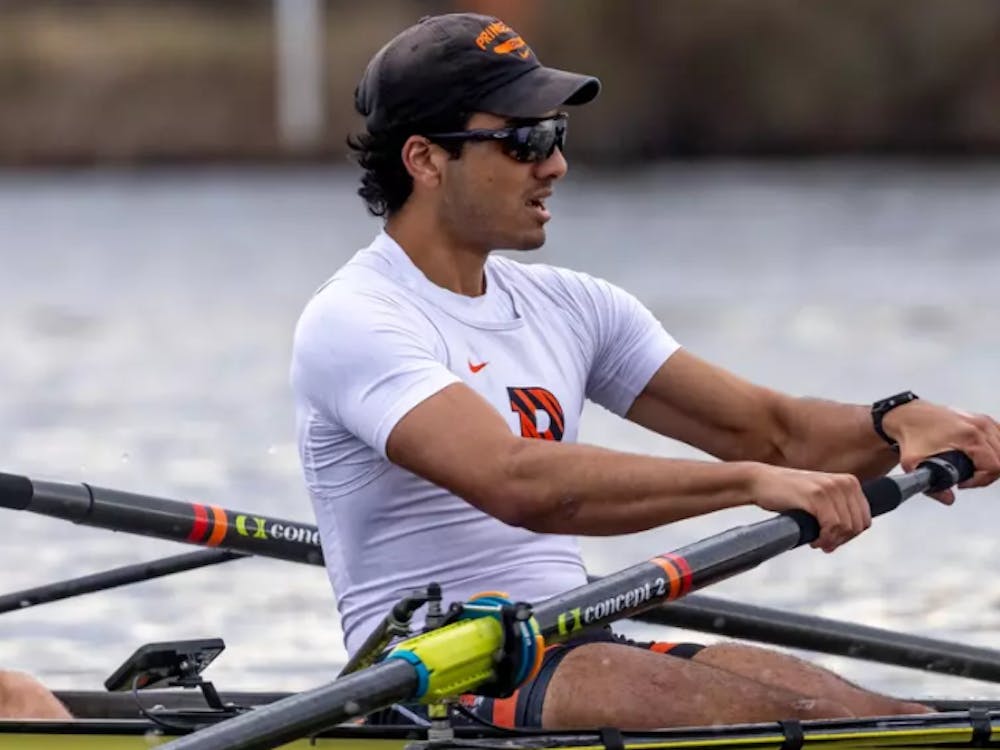Yet every year, a small fraction of those freshman walk-ons continue rowing despite the marathon workouts and time-consuming practices and, over the course of several months or a couple of years, find themselves on the varsity team alongside some of the nation’s best collegiate rowers.
“I’ve had many really highly talented walk-ons that have made a huge impact on our program,” varsity heavyweight crew head coach Curtis Jordan said. “If they have a knack for the sport and a genetic disposition, they can make a huge difference.”
Seniors Brendan Owen and Cary Malkiewich, junior Jake Dale and sophomores Blake Parsons and Jason Baum walked on as freshmen and are now part of Jordan’s varsity heavyweight squad.
But perhaps the most successful Princeton crew walk-on in recent memory was Devan Darby ’06. Darby arrived at Princeton in 2002 with no crew experience whatsoever. By the time she graduated four years later, she was the co-captain of Princeton’s 2006 women’s open national championship team. Darby went on to win a world championship later that year as part of the U.S. under-23 national team.
Of course, Darby is an unusual case. It’s not easy for walk-ons to make varsity, and many — even those who stay — never do. Walk-ons arrive at Princeton without experience, knowledge of crew or the right conditioning to compete at the sport’s highest level. To row varsity, walk-ons also have to compete for spots with their recruited teammates, many of whom were among the best high school rowers in the country and have been rowing for several years. As a result, only five of the 30 rowers on this season’s men’s heavyweight varsity roster are walk-ons; the other 25 were recruited out of high school. And Jordan estimates that walk-ons, in a typical year, only make up about 10 percent of his top 16 rowers.
“There’s just not a lot of great non-recruited athletes walking around campus,” Jordan said.
The high attrition rate for freshman walk-ons, then, should come as no surprise. If anything’s surprising, it’s that any walk-ons ever succeed, not that so many quit.
For the freshman walk-ons who stick it out, though, life gets much easier after the first few months. Parsons, who said he believes that joining crew was the best decision of his Princeton career, noted that he has benefited from a combination of low expectations and strong support from his teammates and coaches.
“As soon as I started to show a little potential and will to work,” Parsons said, “the other guys were keen to help me out, offering pointers and inviting me to extra workouts to progress that much faster.”
Parsons added that gaining acceptance from the recruited rowers on the team was easy once he convinced them that he wasn’t planning to quit. Baum agrees.
“If you prove yourself through hard work, not even necessarily immediate results, you will be accepted,” Baum said.
Though walk-ons like Parsons and Baum still have a lot to learn before they catch up to their more experienced teammates and said they still sometimes feel left out of technical discussions, their success proves that non-recruited athletes can excel in competitive Division I sports, even at a demanding school like Princeton.

But for the Princeton freshmen who walk on to the men’s and women’s crews their freshman year and never leave, the experience is more a struggle for self-improvement than anything else. The walk-ons interviewed for this article consistently cited the challenge of training for and competing in regattas as what attracted them to the sport and what keeps them going.
“It is a great feeling to start at the bottom of the dog pile and fight your way up,” Parsons said.
As a coach, Jordan said he admires the energy and motivation of his walk-ons and appreciates their hard work and determination.
“Regardless of their skill level … [walk-ons] add a lot to the sport,” Jordan said. “I wish we had more.”







